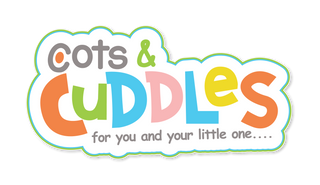Introduction:
Creativity in toddlers refers to their ability to think, explore, and express themselves in unique and imaginative ways. It involves their capacity to generate new ideas, solve problems, and engage in imaginative play. Toddlers exhibit creativity through various forms, such as art, music, storytelling, and pretend play. At this stage, creativity is characterized by the child's curiosity, openness to new experiences, and willingness to experiment. Toddlers often exhibit a sense of wonder and a natural inclination to explore their surroundings, which fuels their creativity. They are eager to learn and make sense of the world, and creative activities provide them with opportunities to develop and express their individuality.
This critical developmental stage serves as the building block for a child's lifelong creativity and problem-solving skills. However, many mothers often encounter challenges in effectively stimulating their babies' creative abilities during this period. In this blog, we will delve into various strategies and techniques that can assist mothers in overcoming these obstacles and fostering creativity in their infants. The definition of creativity in infants revolves around their innate capacity to explore, experiment, and engage in imaginative play. It encompasses activities that encourage problem-solving, curiosity, and self-expression, thereby allowing infants to develop their unique perspectives and ideas.
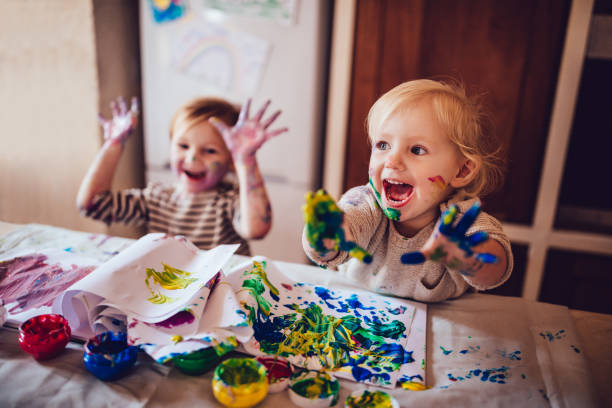
Nurturing creativity in babies holds tremendous significance as it facilitates their cognitive development, enhances problem-solving abilities, boosts self-confidence, and promotes adaptability to new situations. Furthermore, it establishes a strong foundation for a lifelong passion for learning and exploration. Despite the inherent benefits, many mothers encounter challenges while nurturing their babies' creativity. These challenges include managing their babies' limited attention span, ensuring their safety during creative activities, and finding appropriate ideas and resources that cater to their infants' age-specific needs.
In the subsequent sections, we will explore a range of strategies to overcome these challenges and effectively nurture creativity in babies. These strategies encompass sensory exploration, open-ended toys, incorporating music and dance, reading and storytelling, and encouraging outdoor exploration. Additionally, we will provide practical tips for extending attention span, ensuring safety during creative play, and seeking inspiration and resources from online parenting communities and blogs. By implementing these strategies, mothers can create an environment that fosters creativity and allows their babies to thrive. The journey of nurturing creativity in infants is a rewarding one, empowering mothers to cultivate critical thinking, problem-solving skills, and self-expression in their little ones.
Understanding Creativity in Babies
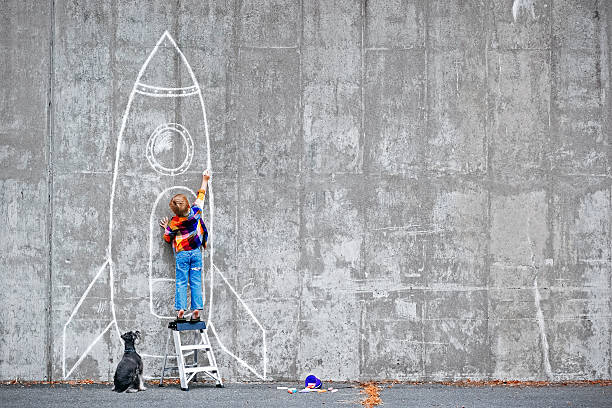
1.1 Definition of Creativity in Infants
Creativity in infants refers to their innate ability to explore, experiment, and engage in imaginative play. It is a process through which babies express their unique thoughts, ideas, and emotions, often in unconventional ways. Creative activities for babies involve the use of their senses, motor skills, and cognitive abilities to discover and interact with their environment. From babbling and making funny faces to playing with objects in unexpected ways, infants exhibit their creative potential from an early age.
Creativity in babies is not limited to artistic expression alone. It encompasses various domains, including problem-solving, curiosity, and divergent thinking. It allows infants to develop their own perspectives, explore alternative solutions, and find new ways to engage with the world around them. By nurturing creativity in babies, parents lay the foundation for their future cognitive, emotional, and social development.
1.2 Importance of Nurturing Creativity in Babies
Nurturing creativity in babies holds significant importance in their overall development. Here are some key reasons why it is essential:
Enhanced Cognitive Development: Engaging in creative activities stimulates various cognitive processes, such as critical thinking, memory, and problem-solving. It helps infants develop their mental flexibility and adaptability, leading to stronger cognitive abilities as they grow.
Improved Problem-Solving Skills: Creativity encourages babies to explore and experiment with different solutions. It allows them to think outside the box, overcome obstacles, and find innovative ways to tackle challenges. These problem-solving skills are crucial for their future academic and personal success.
Increased Self-Confidence: When babies engage in creative activities, they learn to trust their ideas and abilities. Their self-confidence grows as they realize their capacity to create and express themselves. This confidence spills over into other areas of their lives, fostering a positive self-image.
Greater Adaptability: Creativity nurtures flexibility and adaptability, enabling infants to adjust to new situations and handle change more effectively. They develop the resilience to face challenges and embrace uncertainty, which are vital skills for lifelong learning and growth.
Lifelong Love of Learning: By fostering creativity in infants, parents instill a love for learning and exploration. Creative thinking becomes an integral part of their approach to new experiences, leading to a thirst for knowledge and a curiosity-driven mindset throughout their lives.
Common Challenges Faced by Mothers
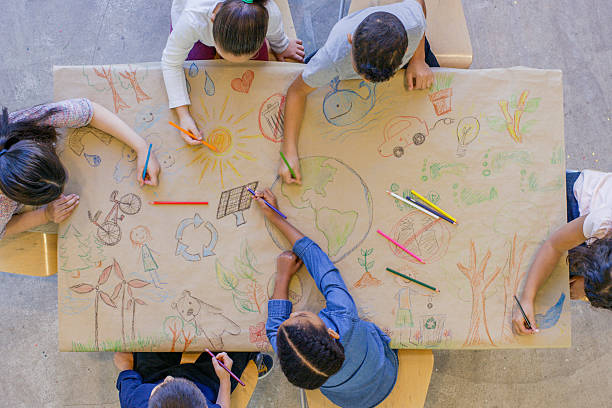
2.1 Limited Attention Span
One of the common challenges faced by mothers when nurturing creativity in babies is their limited attention span. Infants at this stage are easily distracted and have short bursts of focus. It can be challenging for mothers to sustain their babies' interest in creative activities for an extended period.
To overcome this challenge, mothers can break creative sessions into shorter intervals. Instead of expecting babies to engage in a single activity for a long time, they can introduce a variety of short and engaging activities. This approach keeps babies interested and allows them to explore different forms of creativity without getting overwhelmed or losing interest.
Observing and learning about their babies' preferences can also help mothers tailor activities to align with their interests. If a baby shows interest in painting, for example, the mother can introduce different painting techniques or materials to keep the activity engaging and prolong their attention.
2.2 Safety Concerns
Mothers often face safety concerns when it comes to encouraging creativity in their babies. Infants have a tendency to explore objects with their mouths, which can lead to choking hazards. Small art supplies, loose parts, or materials with sharp edges may pose risks.
To ensure safety, mothers should opt for age-appropriate materials and toys that are specifically designed for infants. They should carefully read labels and choose items that meet safety standards. Avoiding small objects that can be swallowed or using non-toxic, child-safe materials is essential.
Additionally, constant supervision during creative activities is crucial. Mothers should create a safe environment free from potential hazards, removing any items that could pose a danger to their babies. By taking necessary precautions and being vigilant, mothers can create a safe space for their babies to explore their creativity.
2.3 Lack of Ideas and Resources
Another challenge faced by mothers is the lack of ideas and resources when it comes to nurturing creativity in babies. It can be overwhelming to come up with age-appropriate and engaging activities on a regular basis, especially for mothers who may feel creatively challenged themselves. To overcome this challenge, mothers can seek inspiration from various sources. Online parenting communities, blogs, and websites dedicated to early childhood development often provide a wealth of ideas and suggestions for creative activities suitable for babies. These platforms offer tips, step-by-step guides, and even printable resources that can assist mothers in planning and implementing creative activities.
Additionally, joining local parenting groups or attending parenting classes can provide opportunities to connect with other mothers and share ideas. Collaborating with other parents allows for the exchange of experiences and creative activities that have worked well for their babies. Furthermore, utilizing everyday objects and materials found at home can be a cost-effective way to nurture creativity in babies. Items like cardboard boxes, kitchen utensils, or natural objects from outdoor settings can be repurposed into engaging and imaginative play experiences. Being resourceful and thinking creatively about the materials at hand can help mothers overcome the challenge of limited resources.
By seeking inspiration, connecting with other parents, and creatively repurposing everyday objects, mothers can overcome the challenges of limited attention span, safety concerns, and lack of resources, and provide their babies with enriching creative experiences.
Strategies for Nurturing Creativity
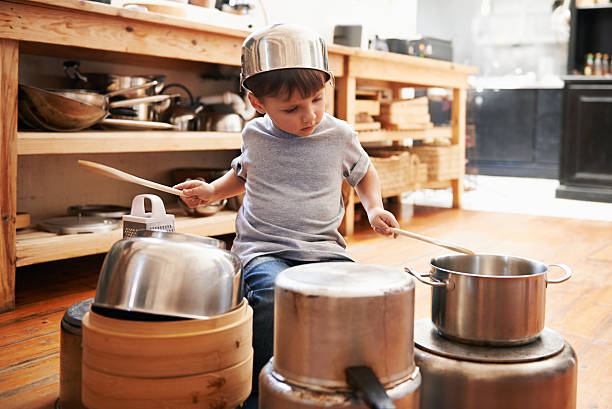
3.1 Encouraging Sensory Exploration
Babies are naturally curious and eager to explore their environment. Engaging them in sensory play is an excellent way to nurture their creativity. Sensory activities involve stimulating the baby's senses, including touch, sight, sound, smell, and even taste. By providing various textures, colors, and materials, you can create opportunities for infants to engage their senses and ignite their imagination.
Activities such as finger painting with non-toxic, washable paints, playing with sand or water, or exploring different fabrics and textures can be both entertaining and educational. Encourage your baby to squish, squeeze, and manipulate different materials, allowing them to experience the world through their senses. These activities promote cognitive development, fine motor skills, and imaginative thinking.
3.2 Providing Open-Ended Toys
Open-ended toys are playthings that can be used in multiple ways and do not have a specific outcome or purpose. They allow babies to use their creativity and imagination freely, exploring different possibilities and problem-solving. Examples of open-ended toys include building blocks, stacking cups, shape sorters, and simple puzzles.
When providing open-ended toys, allow your baby to explore and experiment without giving them specific instructions. Encourage them to build, stack, sort, and create their own unique structures or designs. This type of play promotes critical thinking, spatial awareness, and hand-eye coordination. As babies manipulate and interact with these toys, they develop a sense of autonomy and confidence in their abilities.
3.3 Incorporating Music and Dance
Music and dance are powerful tools for nurturing creativity in babies. Playing different types of music introduces them to various rhythms, melodies, and sounds, stimulating their auditory senses and cognitive development. Babies naturally respond to music with movement, so encourage them to clap their hands, stomp their feet, sway, or even attempt their first dance moves.
You can also introduce simple musical instruments like rattles, shakers, or drums, allowing your baby to explore different sounds and create their own rhythms. Singing nursery rhymes, playing musical games, and imitating different animal sounds can be fun and engaging activities that foster creativity and self-expression.
3.4 Reading and Storytelling
Reading books and telling stories to babies is a wonderful way to nurture their creativity and language skills. Choose age-appropriate books with vibrant illustrations and simple narratives. Engage your baby by pointing out colors, shapes, and objects in the pictures. Use different voices and gestures to make the storytelling experience interactive and captivating.
As you read or tell stories, encourage your baby to participate by turning pages, pointing to pictures, or even babbling along. This interaction sparks their imagination, language development, and cognitive abilities. Additionally, storytelling helps babies understand narrative structure, emotions, and the concept of cause and effect.
3.5 Outdoor Exploration
Taking babies outdoors provides a rich sensory experience and stimulates their creativity. Nature offers a variety of sights, sounds, and textures that capture a baby's attention and curiosity. Visits to parks, nature walks, or even playing in your backyard allow infants to engage with their natural surroundings.
Encourage your baby to touch leaves, grass, and flowers, listen to the sounds of birds chirping or water flowing, and explore different natural elements. Describe the things you see and talk about the different colors, shapes, and textures present in the environment. Outdoor exploration stimulates their senses, enhances cognitive development, and inspires imaginative thinking.
By implementing these strategies, you can create an environment that supports and nurtures your baby's creativity. Remember to be patient, provide opportunities for exploration, and embrace their unique expressions of creativity. As you engage in these activities with your little one, you will witness their imagination blossom and their problem-solving skills develop, setting a strong foundation for their future creative endeavors.
Overcoming Challenges
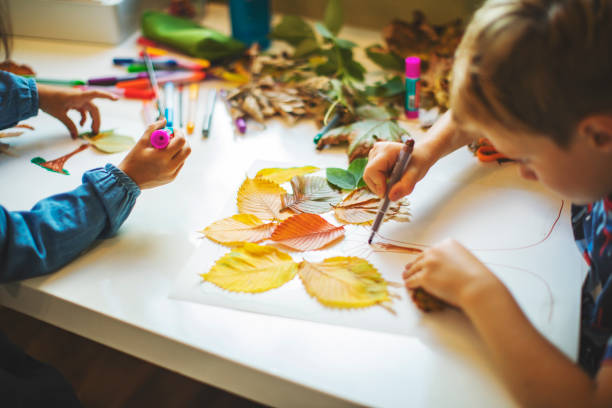
4.1 Extending Attention Span
One of the challenges faced by mothers of toddlers is their limited attention span. Babies are easily distracted and may quickly lose interest in activities. However, there are strategies to extend their attention span and keep them engaged in creative pursuits.
Break creative activities into shorter sessions: Instead of expecting your baby to engage in one activity for an extended period, break it down into shorter sessions. Ten to fifteen minutes may be an appropriate duration for their attention span at this age. You can gradually increase the duration as they develop their ability to focus.
Introduce variety: Keep your baby's interest alive by introducing a variety of creative activities. Rotate between sensory play, open-ended toys, music and dance, and reading or storytelling. By providing a range of experiences, you can capture their attention and prevent boredom.
Align activities with their interests: Observe your baby's preferences and choose activities that align with their interests. If they show a fondness for music, focus on musical activities. If they enjoy building or stacking, provide more opportunities for them to engage in these types of play. By catering to their interests, you can sustain their attention and enthusiasm for longer periods.
4.2 Ensuring Safety
Safety is a top concern for mothers when engaging their babies in creative activities. At the age of 1 to 2 years, babies are still exploring the world through their mouths and may put small objects or materials in their mouths, posing a choking hazard. Here are some steps to ensure a safe creative environment:
Opt for age-appropriate materials and toys: Choose materials and toys specifically designed for babies within the 1 to 2-year age range. Look for products labeled as safe for this age group and ensure they meet safety standards. Avoid small objects that can be swallowed or pose a choking risk.
Supervise creative play: Always closely supervise your baby during creative playtime. Be present and attentive to prevent any accidents or mishaps. Keep a watchful eye on their activities, especially when they are using small materials or exploring new textures.
Remove potential hazards: Before starting a creative activity, ensure the play area is free of potential hazards. Check for loose parts, sharp edges, or anything that could be dangerous for your baby. Secure electrical cords, cover outlets, and remove any toxic substances from their reach.
4.3 Seeking Inspiration and Resources
Mothers often struggle to find ideas and resources to nurture their baby's creativity. Thankfully, there are several ways to seek inspiration and discover valuable resources:
Online parenting communities: Joining online parenting communities, forums, or social media groups can provide a wealth of ideas and support. Connect with other mothers who share their experiences, activities, and tips for fostering creativity in babies. Engage in discussions, ask questions, and share your own insights.
Follow parenting blogs and websites: Numerous parenting blogs and websites offer articles, guides, and activity ideas specifically tailored for babies and toddlers. Subscribe to reputable blogs that focus on early childhood development and creativity. These platforms often provide step-by-step instructions, age-appropriate recommendations, and helpful insights from experts.
Attend parenting workshops or classes: Look for local parenting workshops or classes that focus on creative activities for babies. These sessions not only offer practical guidance but also provide an opportunity to connect with other parents and exchange ideas.
Books on creative activities: Explore books dedicated to creative activities for babies and toddlers. These books often contain age-appropriate ideas, tips, and guidance for stimulating your baby's creativity. Visit your local library or bookstore to find titles that suit your needs.
Conclusion:
Nurturing creativity in babies is an essential aspect of their overall development. Despite the challenges faced by mothers, implementing the strategies mentioned above can help overcome these obstacles and create a nurturing environment for creative exploration. By encouraging sensory exploration, you allow your baby to engage with different textures, colors, and materials, stimulating their senses and igniting their imagination. Open-ended toys provide opportunities for babies to experiment, problem-solve, and express their creativity freely. Incorporating music and dance allows them to explore rhythm, movement, and self-expression. Reading books and telling stories not only enhance language skills but also spark their imagination and understanding of narratives. Outdoor exploration exposes them to new environments and experiences, fostering a sense of wonder and curiosity.
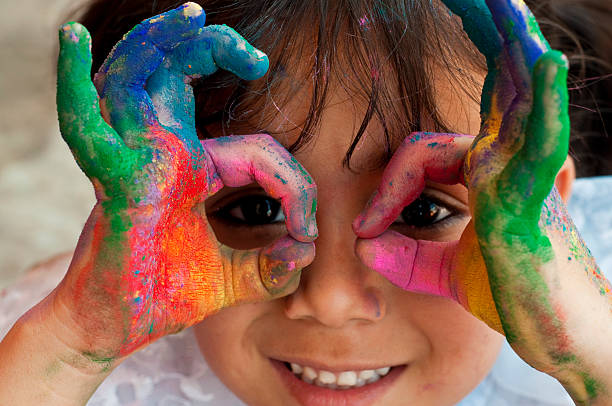
Through these strategies, mothers can help their babies develop cognitive abilities, problem-solving skills, self-confidence, and adaptability. By nurturing creativity at this early stage, mothers lay the groundwork for a lifelong love of learning and exploration in their children. It is important for mothers to address the challenges they may face, such as limited attention spans, safety concerns, and a lack of ideas and resources. Breaking activities into shorter sessions, providing age-appropriate materials, and seeking inspiration from online parenting communities can help overcome these obstacles.
By fostering creativity in infants, mothers empower their little ones to think critically, solve problems, and express themselves. This sets them on a path of lifelong creativity and success. As mothers engage in these creative activities with their babies, they build a strong bond and create cherished memories that will last a lifetime. In conclusion, nurturing creativity in babies requires patience, exploration, and a supportive environment. By embracing their curiosity, providing stimulating activities, and addressing challenges along the way, mothers can foster their babies' creativity and set them on a path of lifelong learning and innovation.
